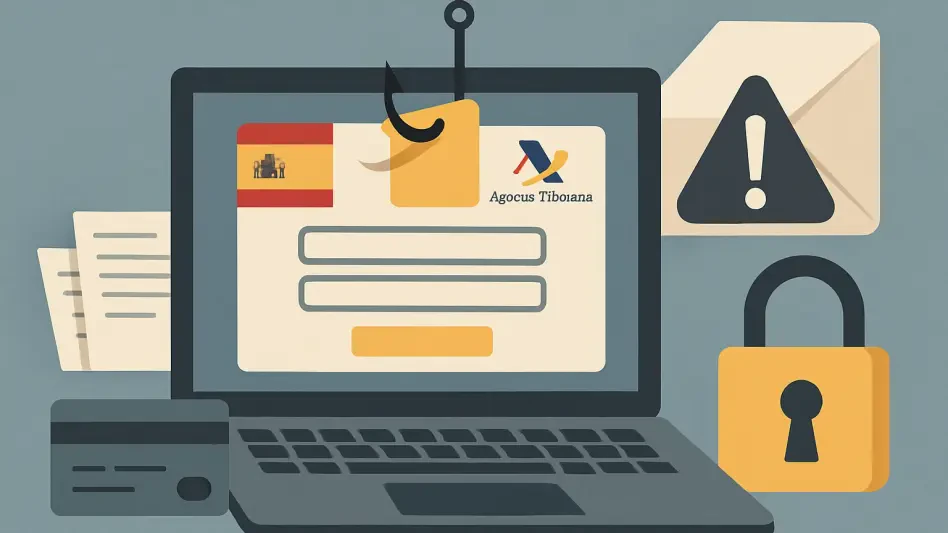In an era where digital communication is integral to daily life, safeguarding personal information has become a paramount concern for billions of users worldwide, especially as cyber threats evolve at an alarming pace. Messaging platforms are under increasing pressure to fortify their security measures and protect user data from unauthorized access. WhatsApp, a global leader in instant messaging with over two billion active users across more than 180 countries, has taken a significant step forward by introducing a groundbreaking feature aimed at bolstering user privacy. This latest update, known as Advanced Chat Privacy, promises to give users greater control over their conversations in both individual and group chats. By limiting the ways content can be shared or accessed outside the app, this feature addresses growing concerns about data leaks and misuse. As privacy remains a cornerstone of digital trust, this development marks a pivotal moment in the ongoing effort to secure online interactions.
1. Introducing a New Layer of Protection
The rollout of Advanced Chat Privacy by WhatsApp represents a proactive response to the escalating demand for secure communication tools in today’s digital landscape. This innovative feature is designed to prevent unauthorized actions such as exporting chat content or automatically downloading media to external devices. Available for both one-on-one and group conversations, it offers users the ability to restrict how their messages and files are handled outside the platform. By enabling this setting, participants can ensure that sensitive information remains confined within the app, reducing the risk of data being misused or shared without consent. WhatsApp has emphasized that this update is particularly useful in scenarios where extra caution is warranted, such as discussions involving confidential matters. This move underscores the platform’s commitment to prioritizing user security amidst a backdrop of increasing cyber vulnerabilities and privacy concerns that affect millions globally.
Beyond the basic premise of restricting content sharing, Advanced Chat Privacy also introduces specific controls to limit the integration of messages with artificial intelligence features. This means that conversations protected by this setting cannot be utilized for AI-driven functionalities, adding an extra shield against potential data exploitation. Additionally, the feature blocks media from being saved to a user’s device without explicit permission, ensuring that images, videos, and other files do not inadvertently end up in unsecured locations. WhatsApp has made it clear that while this is a robust step forward, no system is entirely foolproof—methods like photographing a screen can still bypass certain protections. Nevertheless, this update provides a significant deterrent against casual misuse of shared content. The gradual rollout to users on the latest app version ensures that everyone will eventually have access to these enhanced safeguards as part of their messaging experience.
2. Building on a Legacy of Privacy Innovations
WhatsApp’s introduction of Advanced Chat Privacy is not an isolated effort but part of a long-standing dedication to user confidentiality that has defined the platform for years. Since implementing end-to-end encryption as a standard feature, which ensures that only the sender and recipient can access message content, the company has consistently rolled out updates to strengthen data protection. Over time, enhancements such as disappearing messages, chat locks with biometric or password authentication, and encrypted backups have empowered users to manage their privacy with greater precision. More recent additions, like the Secret Code feature and the option to hide locations during calls by routing them through secure servers, demonstrate a comprehensive approach to tackling emerging threats. These layered defenses reflect an understanding that privacy must evolve alongside technological advancements and user expectations.
Further illustrating this commitment, WhatsApp has also focused on securing ancillary aspects of the user experience, such as contact database encryption for private synchronization across devices. This ensures that even metadata and linked information remain protected from external interference. The Advanced Chat Privacy feature builds on this foundation by addressing specific vulnerabilities related to content sharing and media handling. While the company acknowledges that technical workarounds may still exist, the continuous refinement of privacy tools shows a proactive stance in mitigating risks. Plans to enhance this feature in the coming years signal that WhatsApp intends to stay ahead of potential threats, adapting to new challenges as they arise. This ongoing evolution is crucial for maintaining trust among a vast user base that relies on the platform for both personal and professional communication needs.
3. How Users Can Activate the New Feature
For those eager to take advantage of the latest privacy tools, enabling Advanced Chat Privacy on WhatsApp is a straightforward process that can be completed in just a few steps. Users simply need to tap on the chat name within the app, navigate to the privacy settings section, and toggle on the Advanced Chat Privacy option. Once activated, this setting immediately applies restrictions to the selected conversation, preventing media downloads, chat exports, and AI feature integration. This user-friendly approach ensures that even those less familiar with technology can secure their discussions without hassle. As the feature rolls out globally to all users on the latest version of the app, it’s a timely opportunity for individuals and groups to reassess how they protect sensitive exchanges in an increasingly connected world where data breaches are a constant concern.
Additionally, WhatsApp has hinted at future updates to this feature, suggesting that more robust protections and customization options may soon be available. This forward-looking perspective ensures that the tool remains relevant as digital communication patterns shift and new risks emerge. For now, users are encouraged to explore this setting in chats where confidentiality is paramount, such as those involving personal or professional secrets. While the feature adds a significant layer of security, it’s worth noting that maintaining overall digital hygiene—such as being cautious about what is shared—remains essential. The platform’s commitment to refining privacy controls offers reassurance that user needs will continue to drive innovation. By empowering individuals with accessible tools, WhatsApp reinforces the importance of taking active steps to safeguard one’s digital presence in a landscape fraught with potential vulnerabilities.
4. Looking Ahead to Stronger Safeguards
Reflecting on the rollout of Advanced Chat Privacy, it’s evident that WhatsApp took a decisive step to address user concerns about data security in an age of constant connectivity. The feature’s introduction marked a moment of progress, offering tangible protections against content misuse while building on a history of privacy-focused updates. Its implementation across individual and group chats demonstrated a broad approach to tackling vulnerabilities that had long worried users. The acknowledgment of limitations, such as the possibility of screen captures, highlighted a transparent stance that encouraged cautious usage. As the feature reached users worldwide, it became a cornerstone of the platform’s efforts to maintain trust among its massive global audience.
Moving forward, the focus should shift to exploring additional enhancements that could further close existing gaps in protection. Users can anticipate more sophisticated controls and perhaps integration with emerging security technologies to counter evolving threats. Staying updated with the latest app versions will be key to accessing these advancements as they become available. Beyond individual action, fostering a broader dialogue about digital privacy practices can amplify the impact of such features. WhatsApp’s journey in this space suggests a promising trajectory, where continuous improvement remains the goal. By prioritizing user empowerment through accessible tools and transparent communication, the platform sets a standard for others to follow in securing the future of online interactions.








